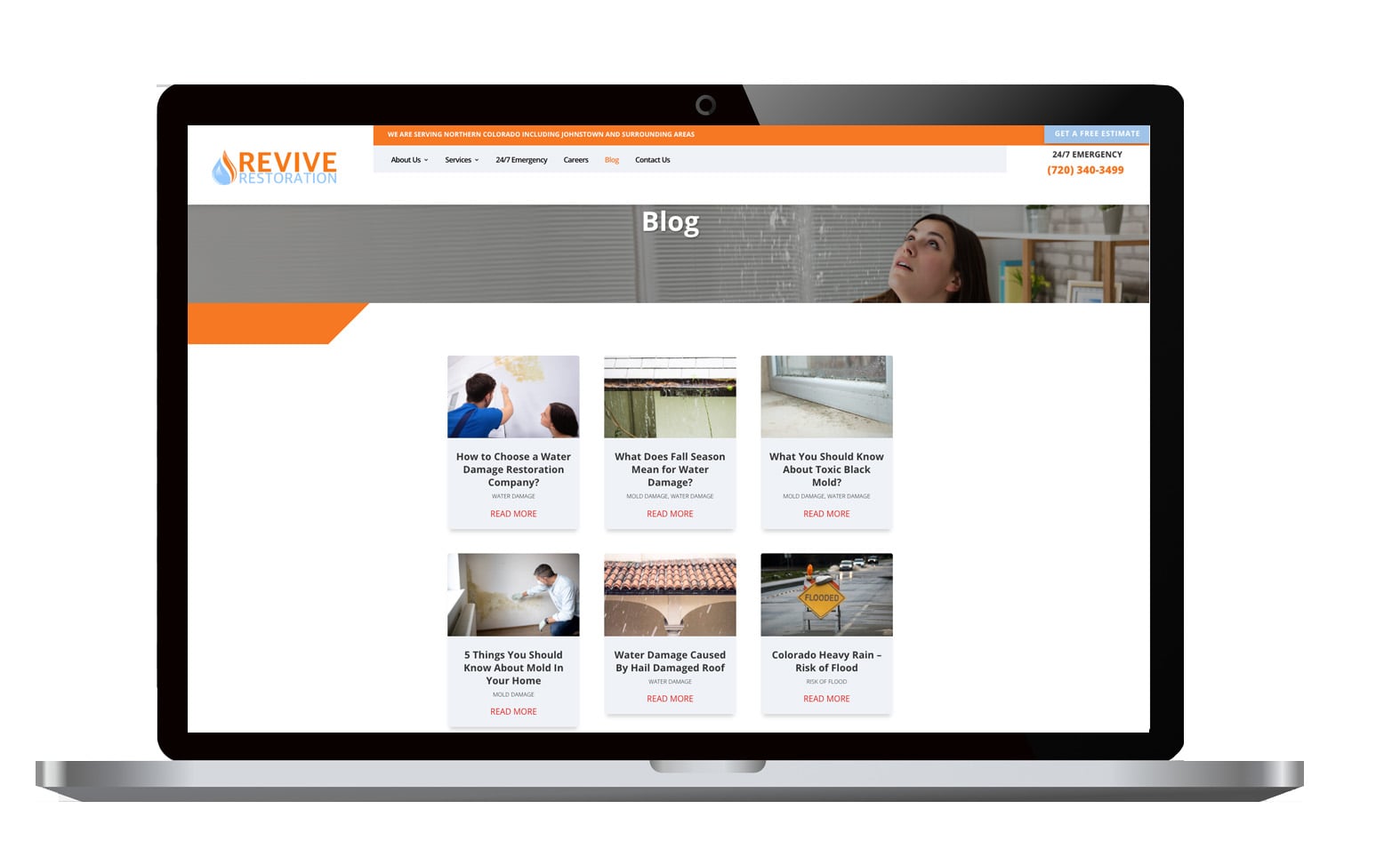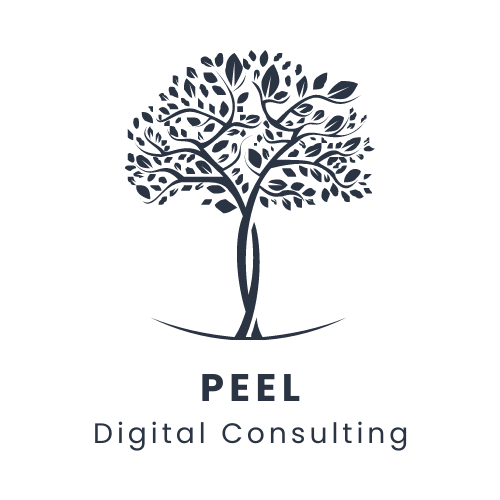Colorado Content (Blog) Management
Reach your target audience and drive more traffic to your website or business.
4 Important Facts About Content Management
%
Of internet users read blogs.
%
Of Americans spend 3X more time-consuming blog content than emails.
%
Of chance for a blog to increase ranking higher in search.
%
More views on articles with images

What is Content Management?
Blog management refers to the process of creating, updating, and maintaining a blog. It involves tasks such as writing and editing blog posts, scheduling and publishing them, managing comments and user engagement, optimizing the blog for search engines, and monitoring its performance.
Additionally, blog management may also include tasks like designing the blog’s layout, promoting it through social media, and analyzing website analytics to track its success. Overall, effective blog management is essential for creating engaging and successful blogs that attract and retain readers.
Content Management Benefits
Content management systems (CMS) offer several benefits for businesses and individuals. Firstly, CMS allows for efficient and easy content creation and publishing. It also provides better collaboration and workflow management, as multiple users can contribute and edit content simultaneously.
A CMS ensures consistency in branding and design across different pages and sections of a website. It also enables easy content updates and maintenance. Additionally, CMS offers better search engine optimization (SEO) capabilities and allows for the integration of various third-party tools and plugins. Overall, a CMS enhances productivity, scalability, and the overall user experience.
Our Content Management Service Include:
Blog Topics Approved by You
When we begin our blog relationship, we will come up with a list of topics to use that are based on related search terms, points of interest, and opportunities to increase your business’s credibility. All topics are sent to you for approval, and you are welcome to reject any topics that you don’t want on your site.
Revisions and Edits
Many clients want to control what information is posted on their website – which we entirely understand! This is why we share all blogs posts with you ahead of time and give you time to make edits and revisions before the post goes live.
Content Management Process
- Identifying the Goals and Objectives of the Content: The goals and objectives of the content output are to inform, educate, entertain, or persuade the intended audience. It may aim to provide valuable information, deliver a specific message, generate engagement or interaction, increase brand awareness, drive website traffic, or ultimately achieve a desired conversion or action from the audience.
- Creating a Content Plan: A content plan is a strategic roadmap that outlines the topics, formats, and distribution channels for creating and sharing content. It helps businesses and individuals streamline their content creation process, ensuring that their content is aligned with their goals and resonates with their target audience. A well-developed content plan includes a content calendar in Google Excel spreadsheet, which assigns specific topics and deadlines for each piece of content. It also includes a distribution plan, outlining how and where the content will be promoted and shared. By following a content plan, businesses can consistently create high-quality content that engages their audience and drives results.
- Creation, Editing and Optimization of the Content: The content is then written, ensuring it is engaging and informative, with proper use of keywords for SEO. Once the initial draft is complete, it is proofread and edited for clarity, grammar, and spelling errors. Finally, images or other multimedia elements are added to enhance the visual appeal of the blog post.
- Publishing & Distributing the Content: This can be done through various channels such as websites, blogs, social media platforms, and email newsletters. Publishing the content on relevant platforms ensures it reaches the target audience. Additionally, distributing the content through email marketing and social media promotions increases its visibility and reach. Regularly monitoring and analyzing the performance of the published content allows for making necessary adjustments and improvements to maximize its impact.
Is There an Ideal Blog Post Frequency?
The best way to determine how often to publish blog posts is a business decision. It depends on a number of things, such as your target market, the kind of content you are creating, and the available resources.
While some companies might find success with daily blog posts, others might only post a couple of times a month. It’s critical to prioritize quality over quantity and to stick to a regular schedule that works with your schedule. Creating and sustaining a devoted readership requires consistently providing your audience with original content.
Featured Content Management Project

See What Our Customers Have to Say
Custom Digital Services
Pricing Models For Every Need
Stop Over Paying For Digital Services!
We have the best value and most comprehensive Colorado digital services for all sized businesses.
Basic
Starting at- Website Creation & Management
- Keyword Analysis & SEO (On-page optimization)
- Tracking & Reporting
Business
Starting at- Basic Plan +
- Social Advertising (Design & Management)
- Social Media Strategy & Management (up to 8 organic posts per month)
Pro
Starting at- Business Plan +
- Content Marketing (1 blog post per month)
- Email Marketing (1 Newsletter per quarter),
- Paid Advertising (PPC, Display, Remarketing, Shopping Ads…)


